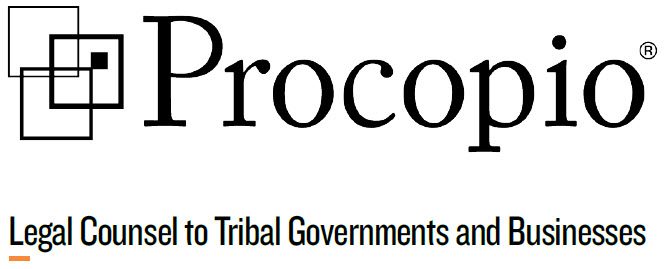
By: Gabriela M. Rios | Associate | gabriela.rios@procopio.com
Theodore J. Griswold | Partner | ted.griswold@procopio.com
High School Graduation is a significant accomplishment for every high school student and their families. The graduation ceremony honors those students for that accomplishment and is a time when their families and communities can take pride in their accomplishments. Schools want their students dressed “appropriately” for the occasion. But, what is “appropriate”? For many schools, this means prohibiting students from altering their cap and gown and/or restricting the types of shoes and clothing they are allowed to wear for the ceremony to “preserve the dignity and formality of the event.” However, as Heather Torres previously noted on this blog, in Pride or Prejudice: Native Regalia and Graduation Ceremonies, schools across the country also use the “proper attire” rationale to prevent native students from wearing eagle feathers and other traditional regalia at their graduation ceremonies, identifying traditional regalia “as informal, inappropriate, and undignified.” “Appropriateness” needs to be seen through a lense that maintains culture and tradition that is well established and recognizable.
We applaud California Indian Legal Services’ representation of students to fight decisions by school officials that prevent them from wearing their traditional regalia at their graduation ceremonies. However, not all students are able to get that representation. To proactively address this issue, CILS worked with California Assembly member Todd Gloria from San Diego to introduce Assembly Bill (AB) 233, which would amend the Education Code to prevent schools from prohibiting a student from wearing religious, ceremonial or cultural adornments at high school graduation ceremonies. We support this effort.
AB 233 is a simple, yet important recognition of the importance of cultural and religious symbols during significant rites of passage for all students. Each student should be able to honor their achievement with their established religious and cultural traditions on such an important day. Graduation events are ceremonies, by definition. The ability to include their tradition as part of their ceremony empowers Native students and endorses the importance of their traditions. It also shows all graduates an appreciation of the diversity they will encounter as they leave the school system.
For those interested in learning how they can support AB 233 visit Assembly Member Gloria’s website https://a78.asmdc.org/news , or the CILS website: http://www.calindian.org/donatefeather/ .
 Gabriela is an attorney with the Native American Law Practice Group and citizen of the Cahuilla Band of Indians. She graduated from the James E. Rogers College of Law at the University of Arizona in 2015 and is a member of the State Bar of California.
Gabriela is an attorney with the Native American Law Practice Group and citizen of the Cahuilla Band of Indians. She graduated from the James E. Rogers College of Law at the University of Arizona in 2015 and is a member of the State Bar of California.
 Ted is head of the Native American Law practice group and primary editor for the Blogging Circle. Connect with Ted at ted.griswold@procopio.com and 619.515.3277.
Ted is head of the Native American Law practice group and primary editor for the Blogging Circle. Connect with Ted at ted.griswold@procopio.com and 619.515.3277.



